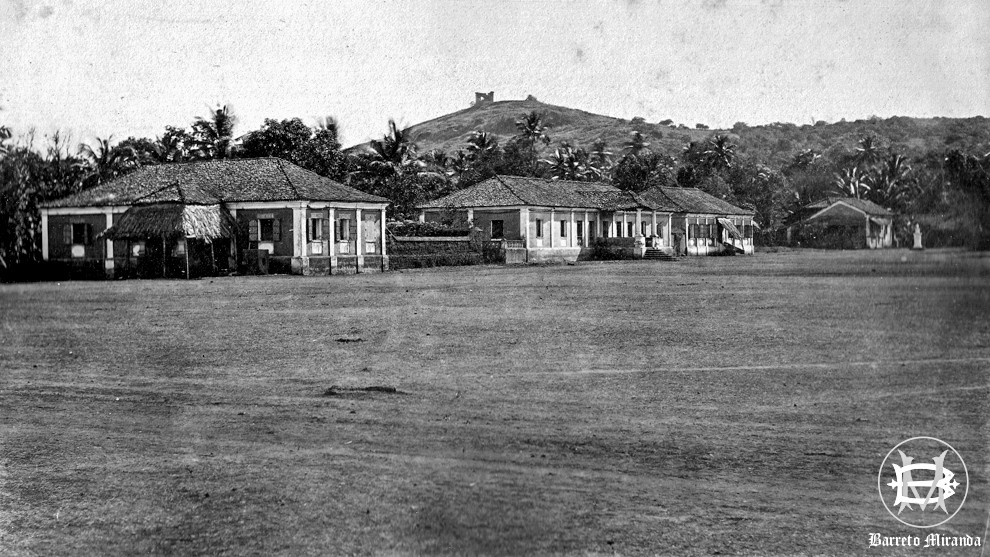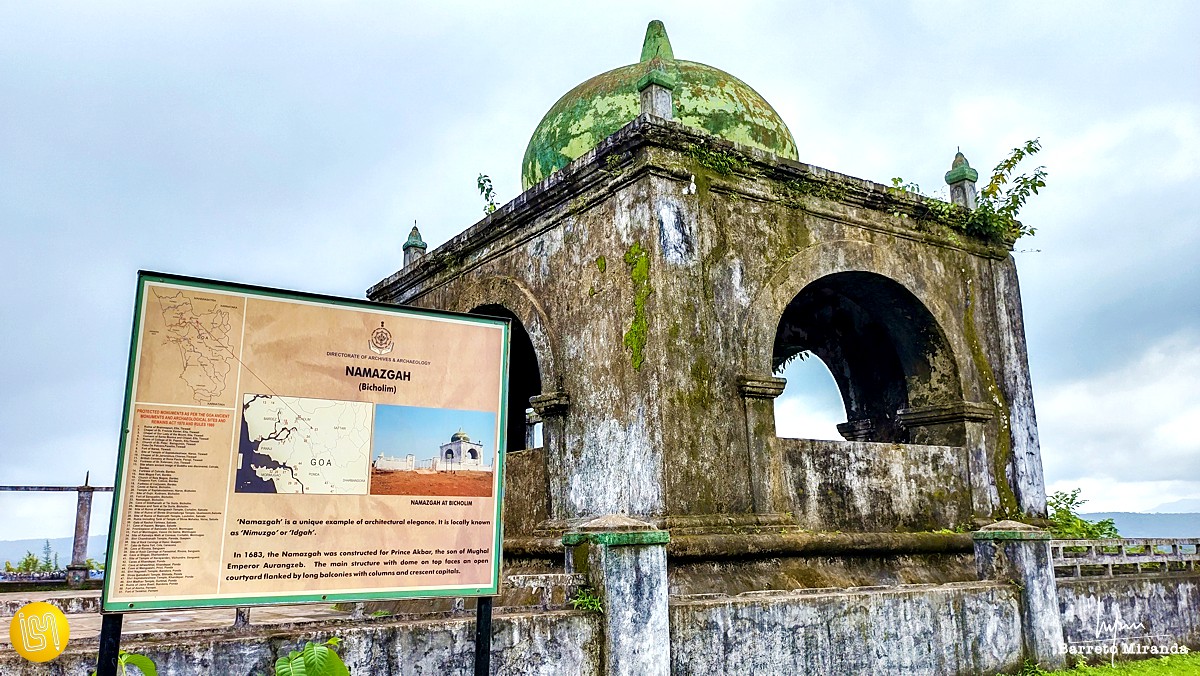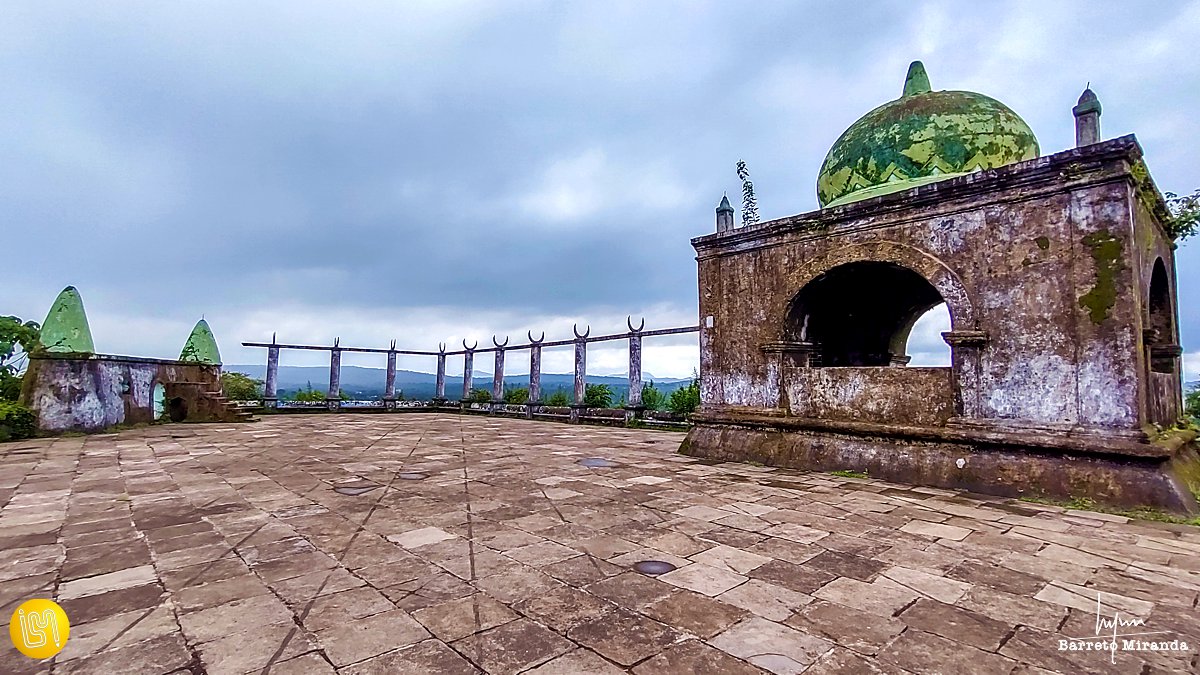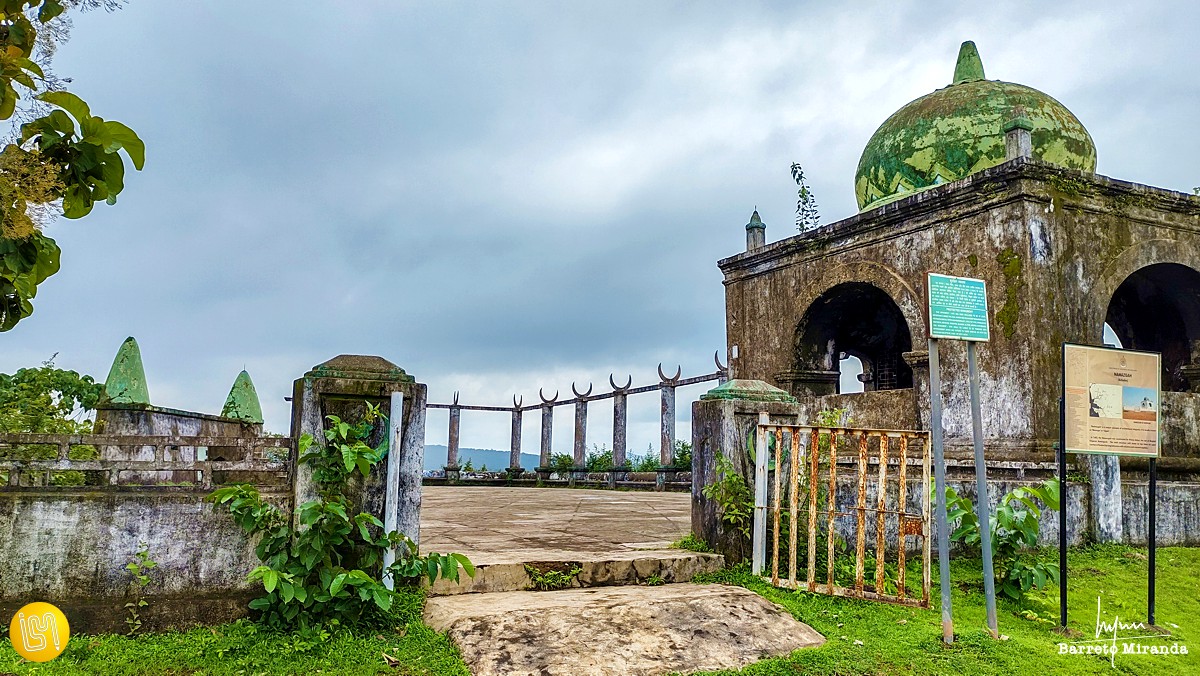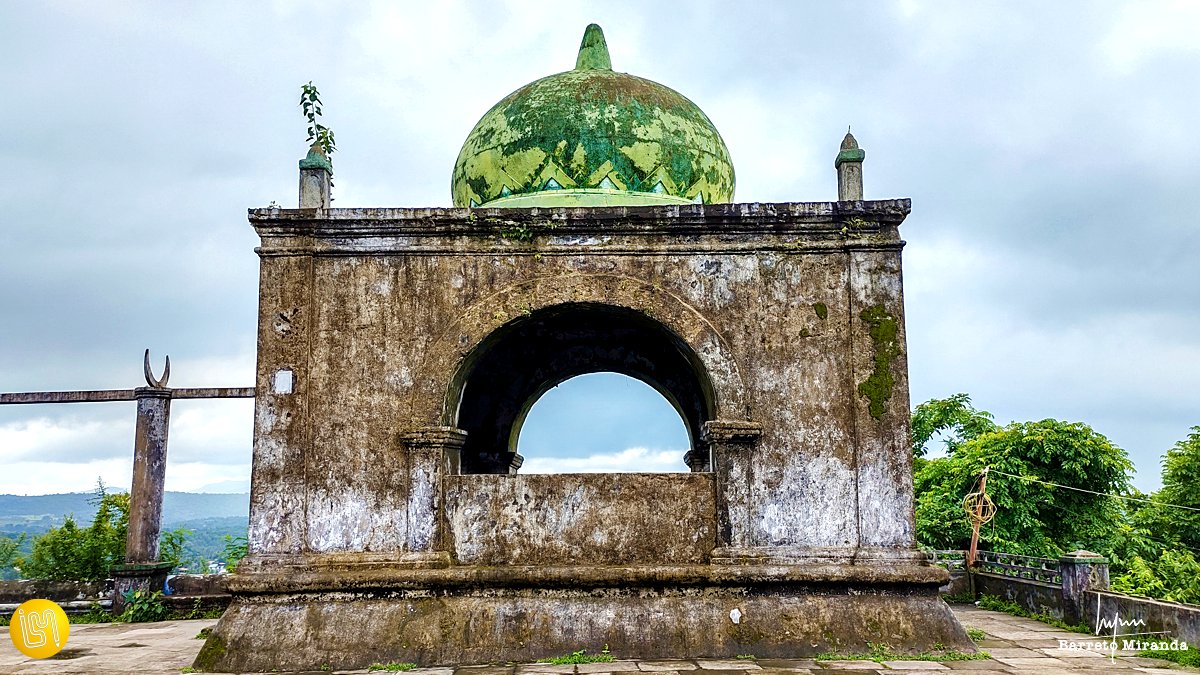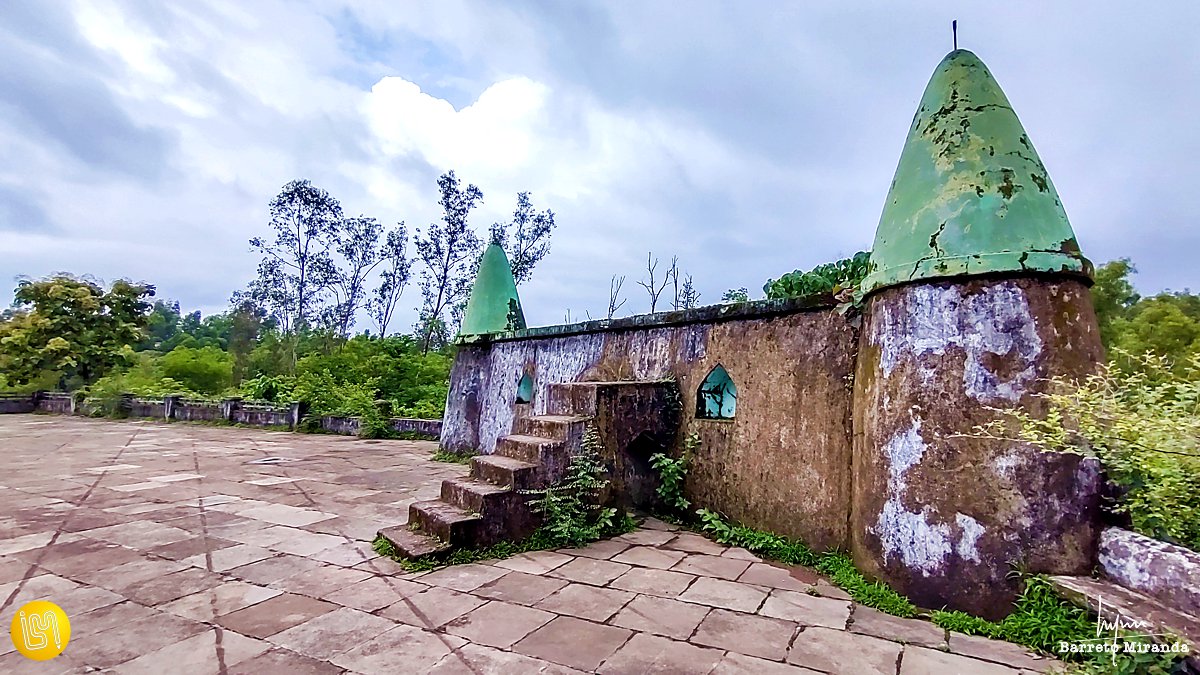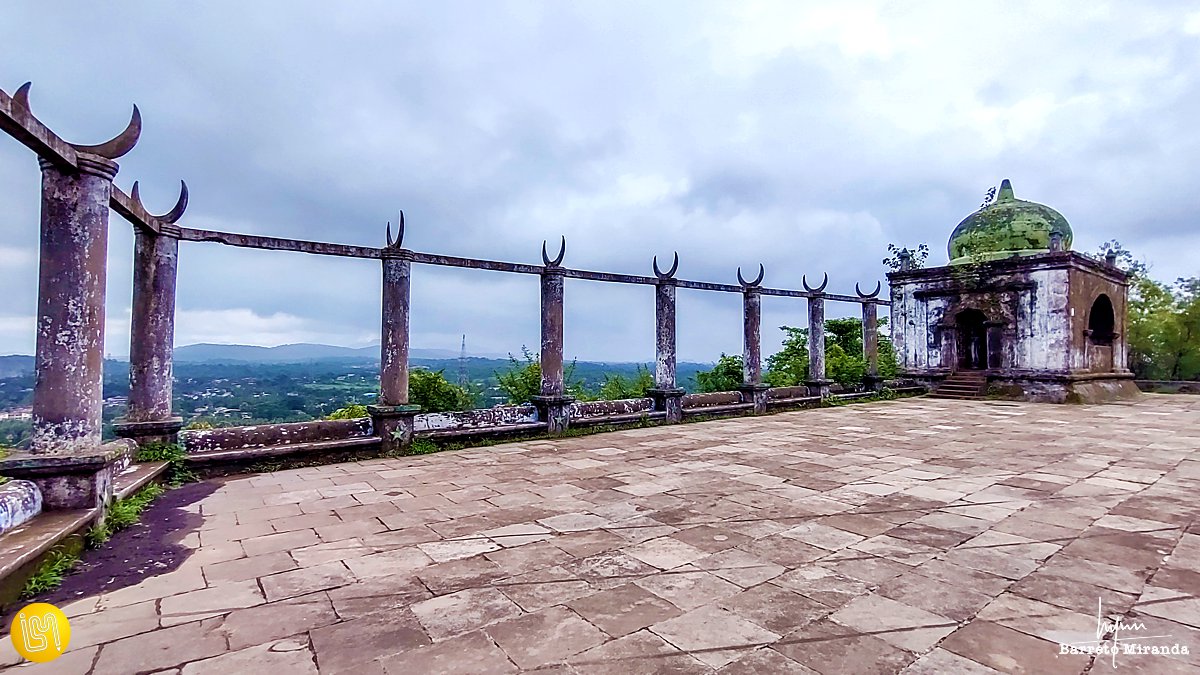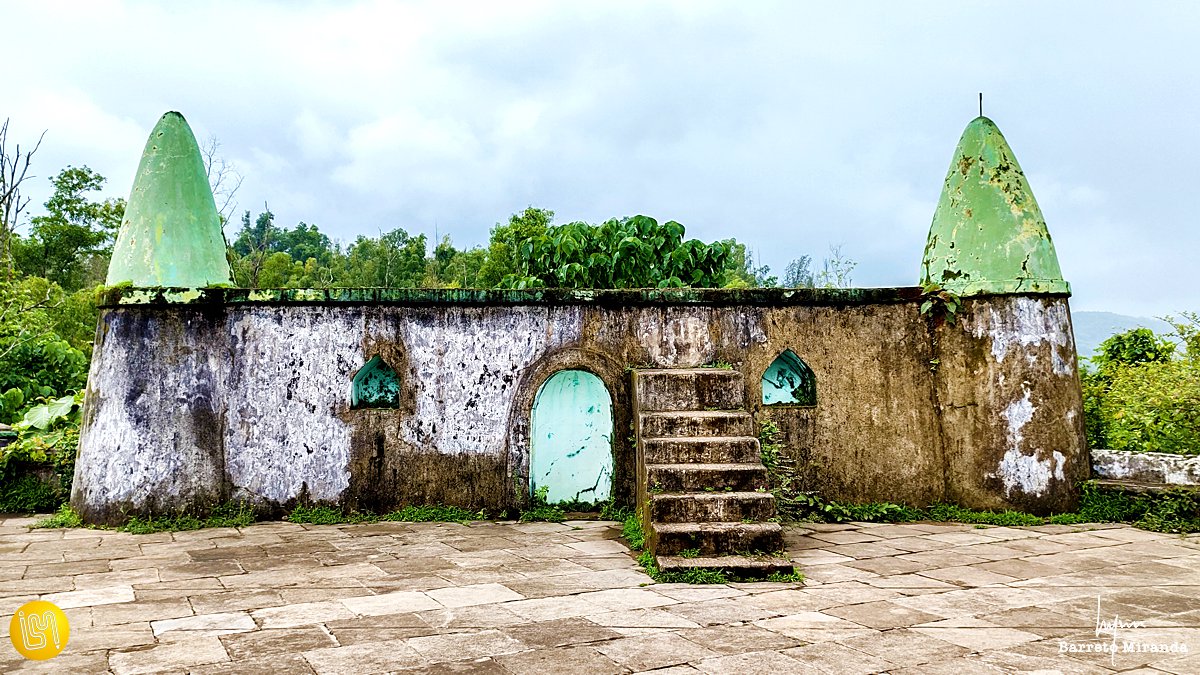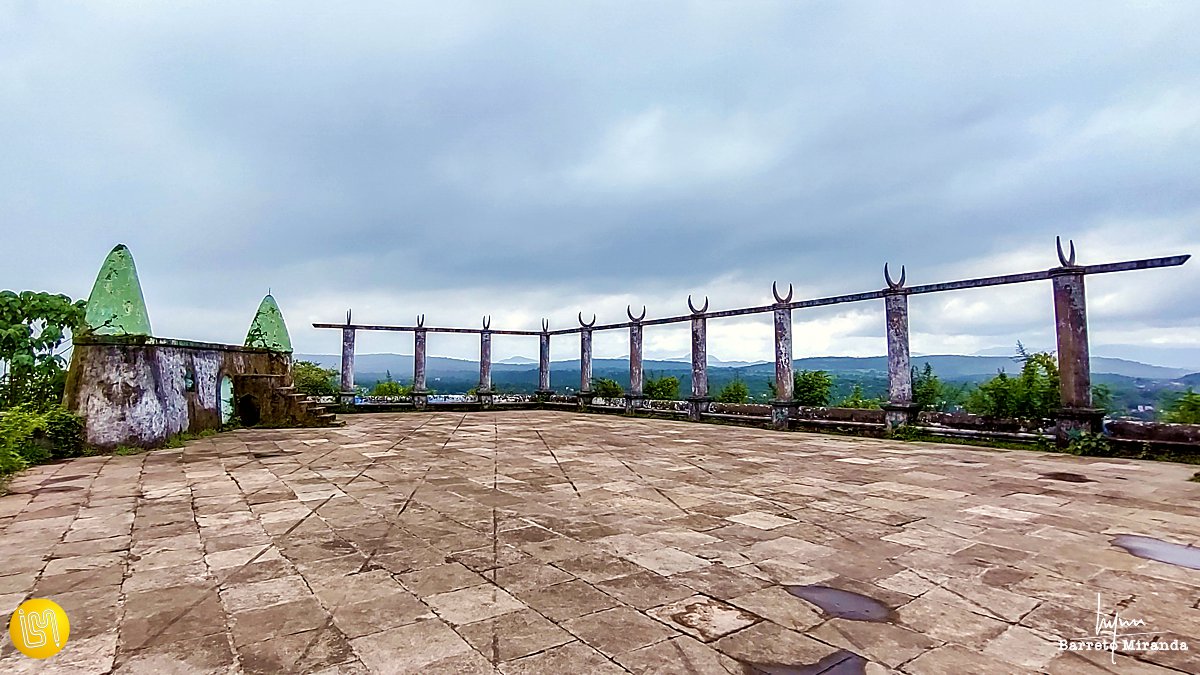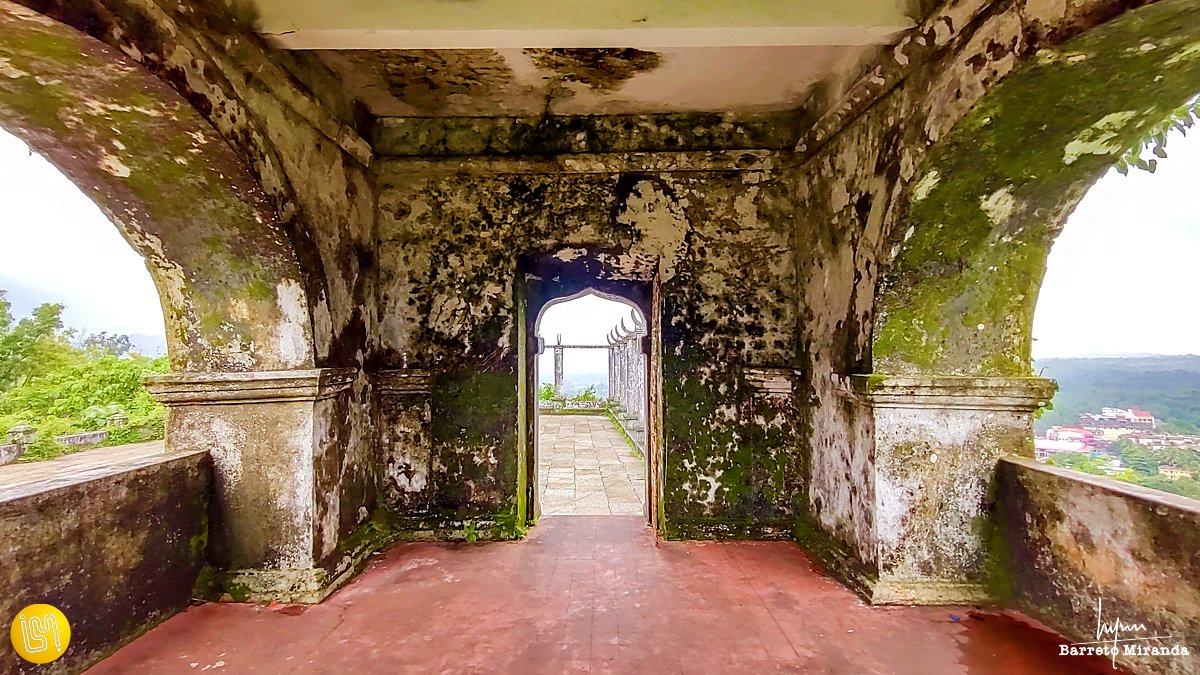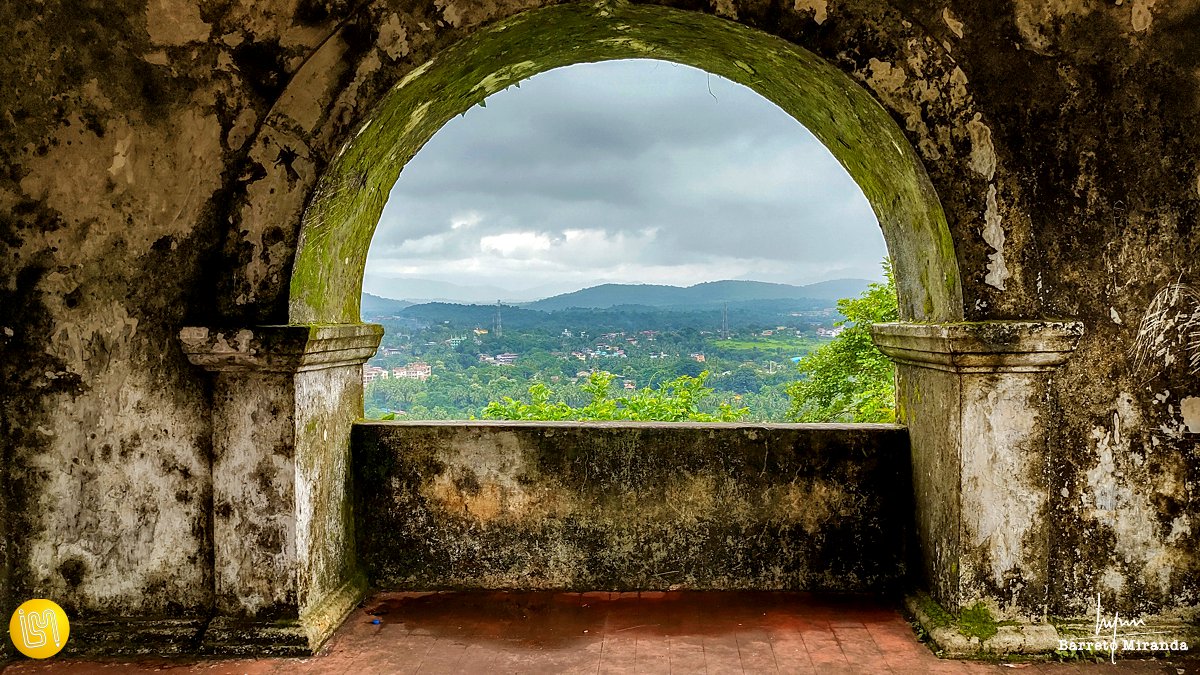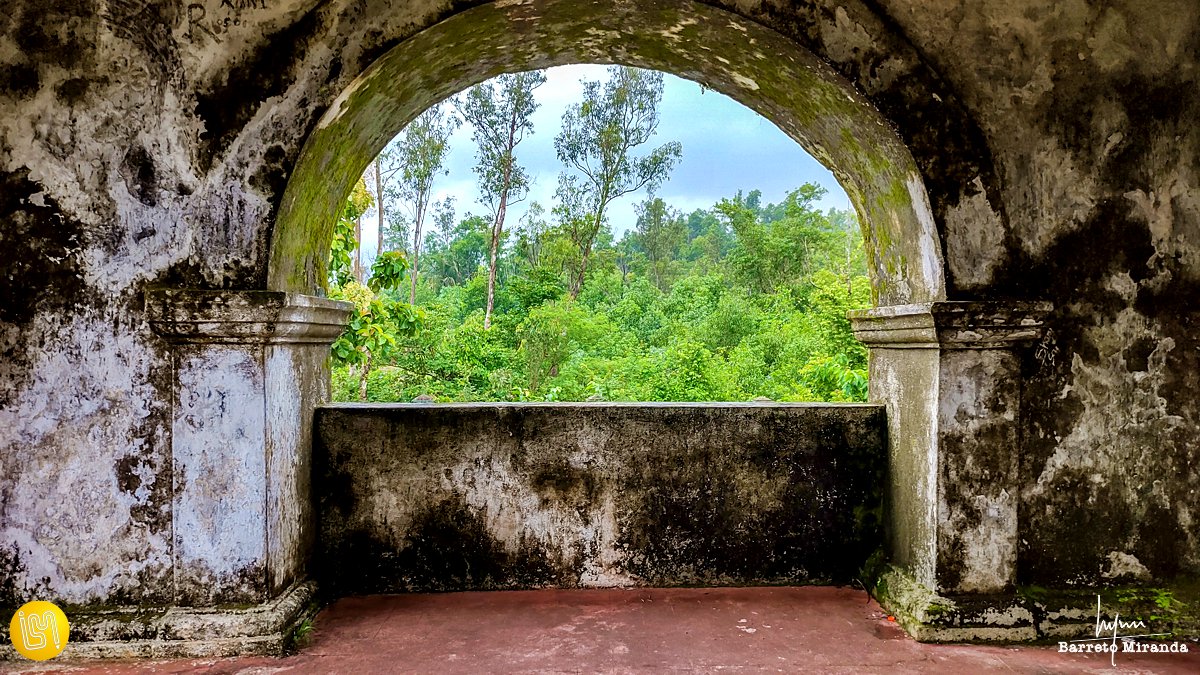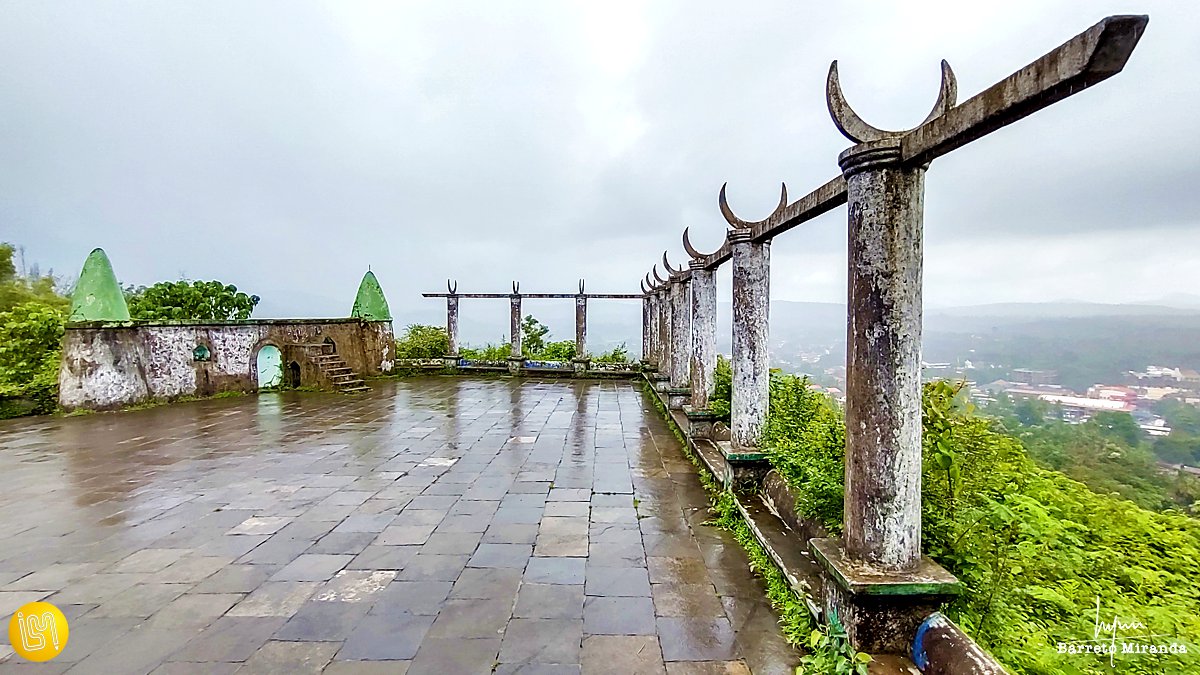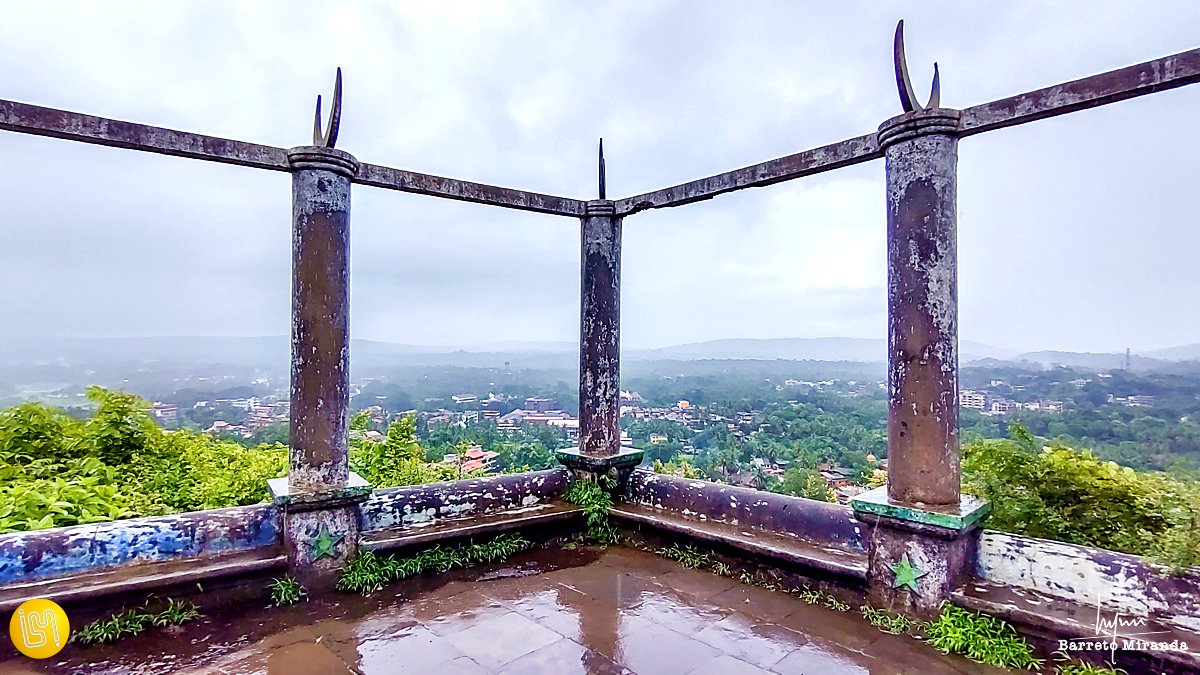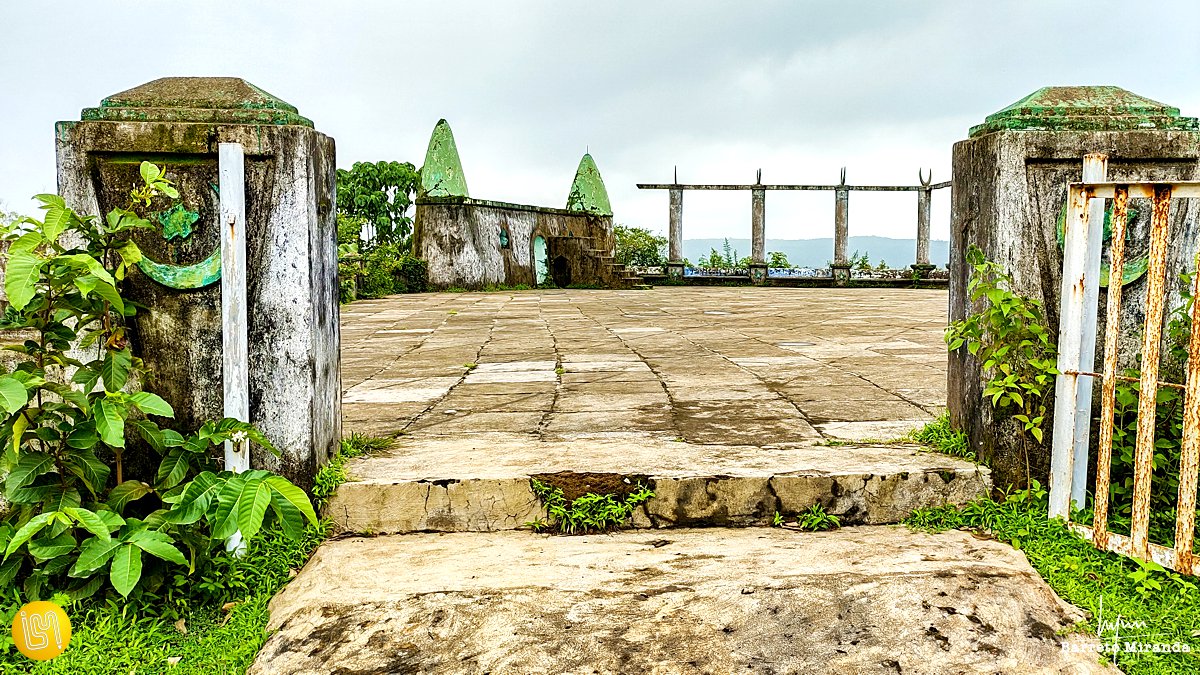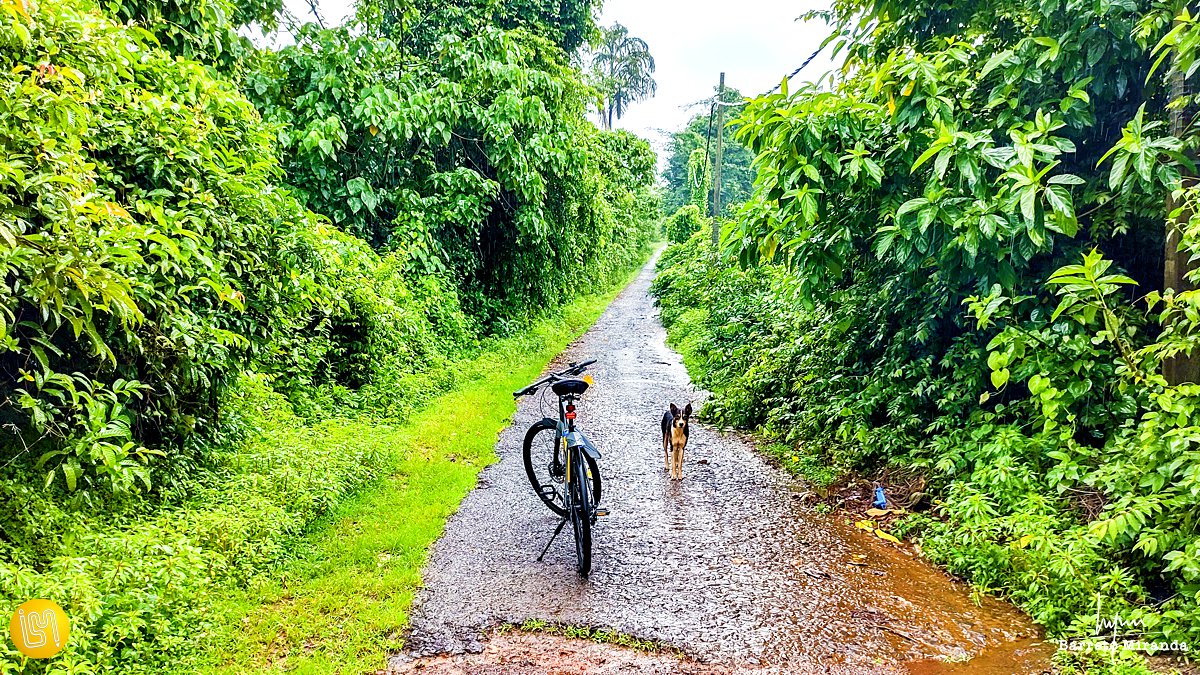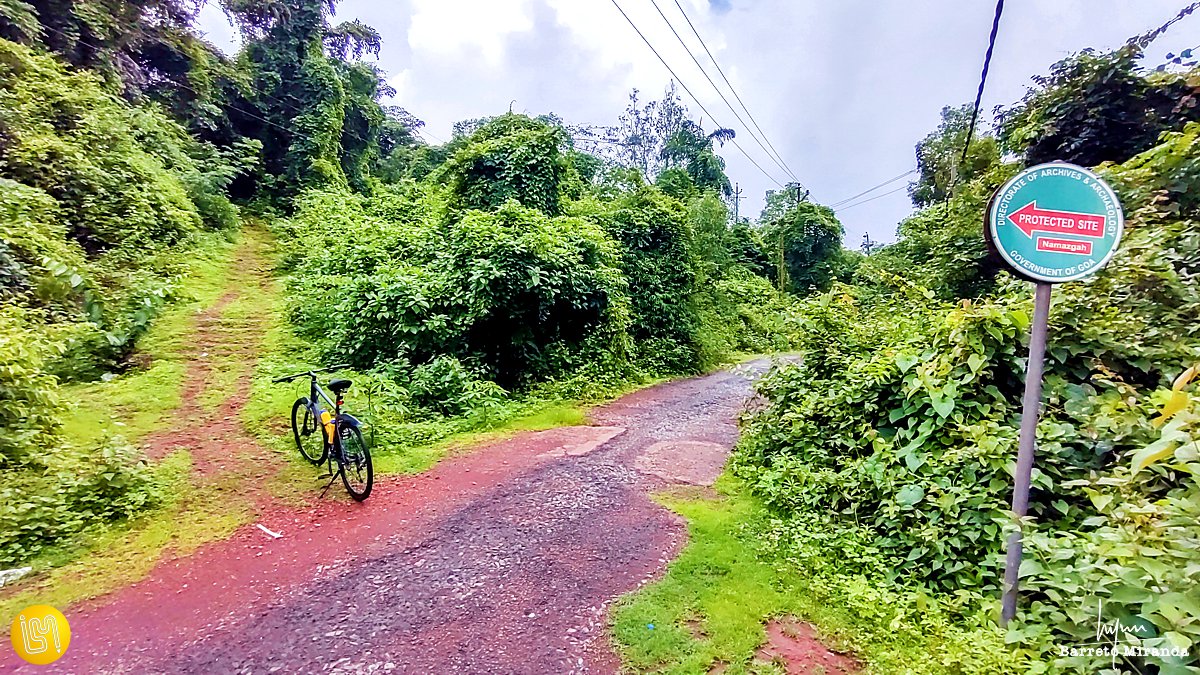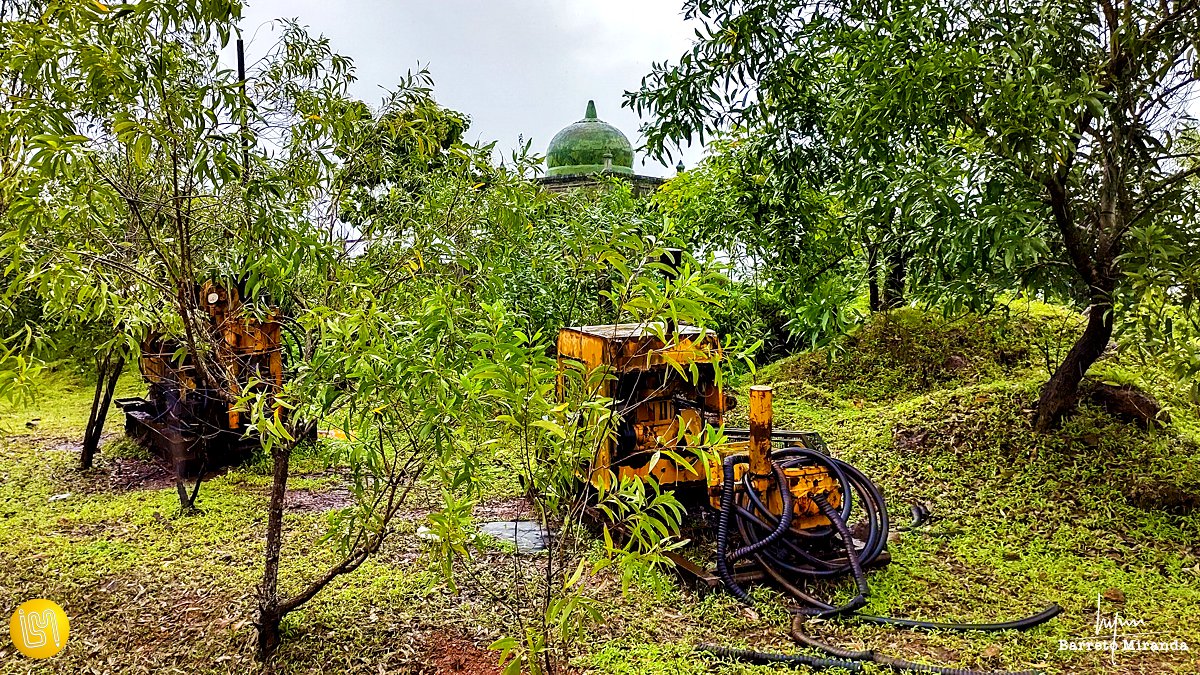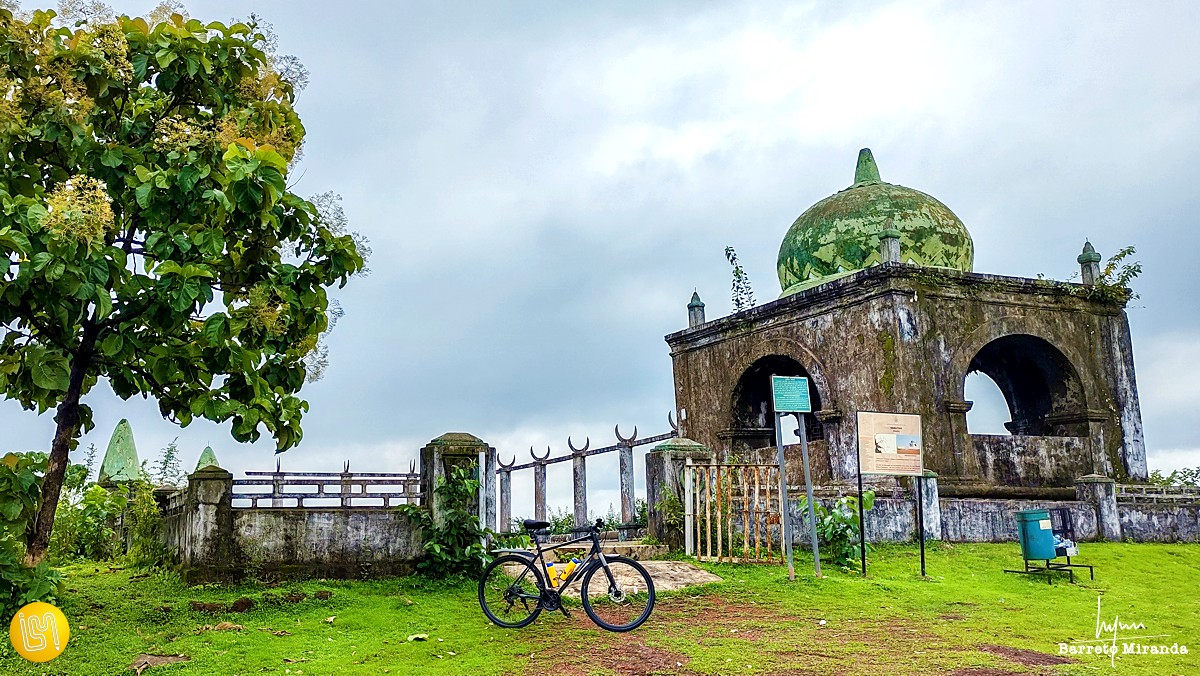
While clearing out an old bookcase a few years ago, I found an album of vintage black and white pictures of Goa, shot by Paul and Souza Photographers during the early 1900s. There are photos of churches, temples, forts, and people, however, there is just one photograph of a Muslim structure in the collection: the Namazgah in Bicholim.
As I’m presently working on a personal project called ‘Goa – Then & Now’, where I’m attempting to replicate these frozen moments in time by photographing the same locations from the same perspectives, I decided to bicycle to Bicholim in this quest.
Also known as Nimuzgoh by locals, this Namazgah is a small vestige of Islamic architecture in Goa, perched atop a small hillock between Mayem and Bicholim. It was built in 1683 by Chattrapati Sambhaji, son of Chattrapati Shivaji Maharaj, for the spiritual benefit of Prince Muhammad Akbar II (1657-1704), the rebellious fourth son of Mughal emperor Aurangzeb and grandson of Shah Jahan (the builder of Taj Mahal).
The Namazgah is an open-air prayer area with Persian etymological roots; a possible amalgamation of namaz, prayer, and idgah, place of prayer.
In the courtyard is a box-like enclosure with arched entrances on each wall and a pumpkin-shaped dome with petals at its base. Its design has been influenced by Persian and Mughal architectural elements. This structure might have been a hujrah or a drawing room. One of the walls has a marble plaque engraved with Urdu words. The English translation states – ‘The Idgah was repaired with the aid of contributions from the Anjuman Itihad Committee of Bicholim Goa’.
The enclosure’s entry is flanked by long balconies, and the north and east sides are flanked by ten tall pillars, each capped with a beautiful crescent moon and connected by a single beam. During Eid, this site is used as a place of worship. The lengthy balconies are reminiscent of traditional Goan balcoes (singular balcao), which, according to experts, were added later as a result of Portuguese influence.
A high wall on the northwest side is flanked on both ends by two domed-shaped pillars; the middle portion has a raised platform that can be reached by a flight of six steps and was most likely used by the imam for the reciting of the Quran or the issuing of the azaan – the call to prayer.
In the early 1680s, Prince Muhammad Akbar II revolted against his father and declared himself Mughal emperor of India, much to Aurangzeb’s chagrin. The prince’s unsuccessful attempt to seize power failed despite the help of a combined army of Muslim and Rajput soldiers, and he was forced to flee to the Deccan for safety after Aurangzeb ordered his detention and death.
It was then that Maratha ruler Chattrapati Sambhaji welcomed him and gave him asylum at Bicholim, far from Aurangzeb’s reach. Prince Akbar and Sambhaji created an alliance and the combined Rajput-Mughal and Maratha forces worked together to fight and defeat the Portuguese invasion in Goa. To commemorate this victory, the Namazgah was built.
Offering panoramic views of the town and neighboring villages, the Namazgah, now shares its historically significant space with a mining site. Unfortunately, getting there is a herculean task for both locals and visitors, as there are over 200 uneven steps to climb.
Location: https://goo.gl/maps/Df3Wc5sbKi7N5sCR7
